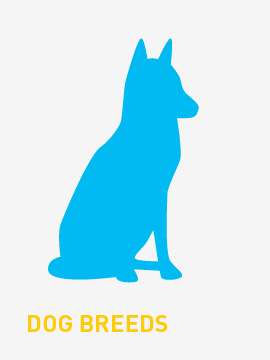The Pixie-bob is a breed of domestic cat claimed by breed founder Carol Ann Brewer of Washington state to be the Offspring of naturally occurring bobcat Hybrid (biology). DNA testing have failed to detect bobcat marker genes and Pixie-bobs are considered wholly domestic for the purposes of ownership, cat fancy registration, import and export.
History
In the spring of 1985, Carol Ann Brewer purchased a polydactyl cat near Mount Baker, Washington, in the Cascade Mountains. This male had a short bobbed tail. In January 1986, she rescued another male cat. This cat was very large, had a bobbed tail, and was reported to have been sired by a bobcat. While this cat was starving, it still weighed 17 pounds, and was so tall it reached up to Brewer’s knees. Shortly after she had acquired this large male, it mated with a brown spotted female cat next door. In April 1986, a litter was born from this mating. Brewer eventually kept one of the kittens, named "Pixie", and after a year started a breeding program with Pixie as the foundation cat. Over the next couple of years, Brewer introduced into her program 23 cats from around the Cascade range that were believed by her to be born from naturally occurring matings between bobcats and domestic cats. She coined the term "Legend Cat" to refer to such cats and has since registered a trademark in the U.S. to limit the term to describe permitted outcrosses used in her breeding program. At the same time, other breeders in the U.S. were working with distinctly wild looking barn cats and collaborated with Brewer to establish a broad genetic base and to develop the foundation of today's Pixie-bob.Led by Brewer, they succeeded in registering their new breed with The International Cat Association (TICA) and eventually the American Cat Fancier's Association (ACFA). The Pixie-bob was accepted into the "Exhibition" category by TICA in 1993, promoted to "New Breed and Color" status in 1996 and eventually gained Championship status in 1998. The Pixie-bob was classified by TICA initially as a "Native New Breed", defined as "A new breed which has been identified through selection of phenotype similar individuals from a naturally occurring population indigenous to a particular geographic region" but it is now classified as a "Newer Natural/Regional Breed" also known as NNRB.
Health
As the breed is frequently outcrossed to "legend cats", Pixie-bobs are genetically diverse and are not prone to problems caused by inbreeding. Pixie-bob breeders use a disease database to ensure that health information can be recorded and monitored. Some rare genetic diseases includes the following:
- Cryptorchidism - Only a few cases have been recorded since the conception of this breed (1980s).
- Dystocia and cystic endometrial hyperplasia - A very small percentage of Pixie-bobs do suffer from delivery problems, and are removed from breeding.
- Hypertrophic cardiomyopathy (HCM) - Since the advent of the Pixie-bob breed in the 1980s, only a few cases have been reported. In some of those cases the Pixie-bob was cross-bred with other breeds of cats, such as Bengal and Maine Coon. In the majority of cases, HCM occurred spontaneously. HCM is hereditary in at least 50% of occurrences necessitating annual ultrasound screens to confirm continued health of the cats.




